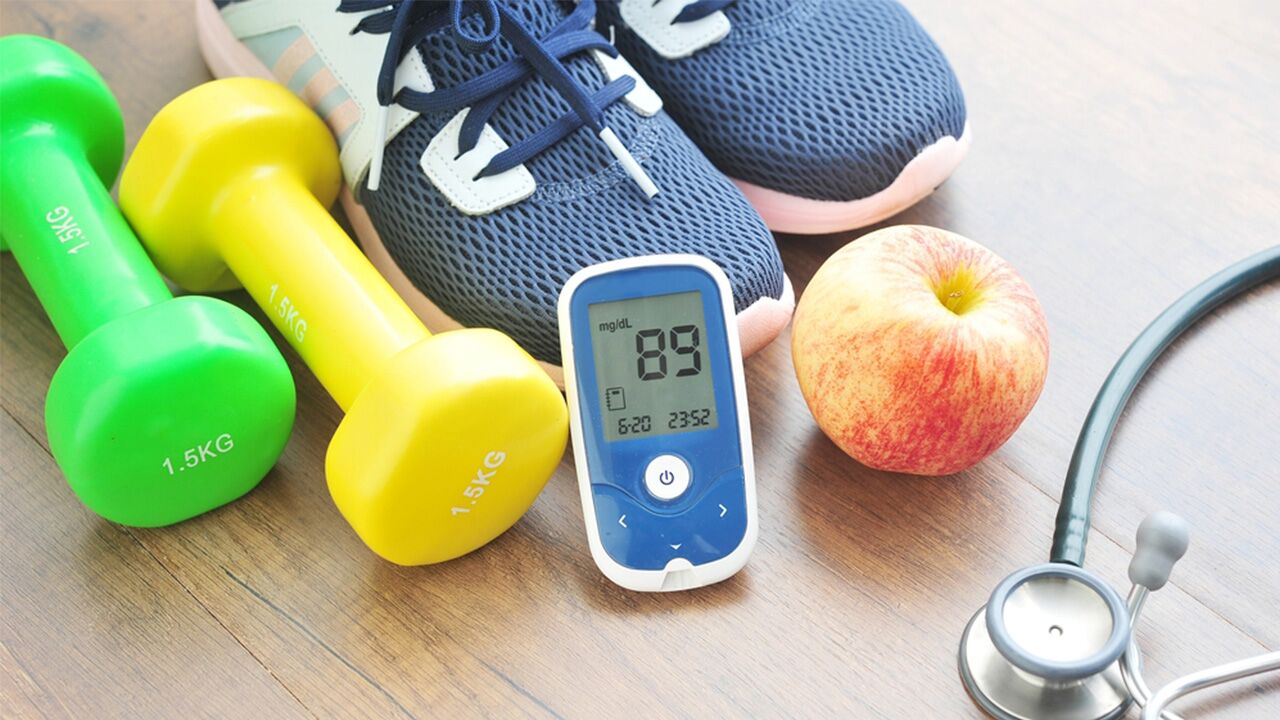What Is Prediabetes? Causes, Symptoms and How to Prevent It from Becoming Type 2 Diabetes (Plus Yummy Meal Plans!)
 By: by Amino Science
By: by Amino Science

Have you or a loved one recently received a prediabetes diagnosis? Let’s get clear on what exactly that means and the next best steps to take, including some healthy meal plans to help prevent and treat prediabetes.
What Is Prediabetes?
According to the American Diabetes Association, prediabetes is not a disease. Instead, it is considered a precursor of diabetes—a debilitating metabolic disorder that affects more than 100 million adults in the United States.
According to a 2017 report from the Centers for Disease Control and Prevention (CDC), higher risk groups include:
- Native American Indians/Alaska Natives (15.1% of diagnosed diabetes cases)
- African Americans (12.7% of diagnosed diabetes cases)
- Hispanics (12.1% of diagnosed diabetes cases)
Asian Americans came in at 8% of diagnosed cases and Caucasians at 7.4%.
Prediabetes occurs when blood sugar levels are higher than normal, but not high enough to be considered diabetes. Carbohydrates and sweeteners are a few sources of the glucose found in foods that affect blood sugar levels. Consuming too much glucose predisposes our bodies to type 2 diabetes and other harmful conditions, such as cardiovascular disease and stroke. People with prediabetes are at a high risk of developing these conditions, and many of us exhibit no warning signs, as there are few well-defined prediabetes symptoms.
Although those who are obese or overweight with a BMI over 25 are at a higher risk for developing prediabetes, body weight isn't the only defining factor. People who don’t retain excess weight but consume high glycemic foods are also at risk.
Diabetes risk is also greater for individuals with the following health conditions:
- High blood pressure (hypertension)
- High LDL cholesterol
- Polycystic ovary syndrome (PCOS)
- Hypothyroidism
It is important to discuss your health status with your physician, who can more accurately determine your blood glucose levels with assessments like the A1C blood test.
Glucose Tests for Prediabetes
Health care providers check for prediabetes with the following three blood sugar tests.
- Fasting plasma glucose test: This test requires that you fast for 8 hours prior. If your blood sugar is less than 100, then you're in the normal range. A blood sugar of 100-125 puts you in the prediabetes range and warrants an “impaired fasting glucose” or IFG diagnosis. A measure of 126 or higher is a diabetes diagnosis.
- Oral glucose tolerance test: This test is administered after a fasting glucose test. It involves drinking a sugary solution, waiting 2 hours, and then taking an additional blood test. If your blood sugar is less than 140, then you're in the normal range. A blood sugar of 140-199 puts you in the prediabetes range, which doctors might refer to as "impaired glucose tolerance," and 200 or higher is a diabetes diagnosis.
- Hemoglobin A1C (or average blood sugar) test: The preferred test for diabetes management, the A1C measures your blood sugar level for the past 2 to 3 months. A range of 5.6% or less is normal, 5.7-6.4% is prediabetes, and 6.5% or above indicates diabetes. The test is typically given twice before a definitive prediabetes or diabetes diagnosis is made.
What Is Type 2 Diabetes?
There are several forms of diabetes: diabetes mellitus types 1 and 2, and gestational diabetes. Type 2 diabetes makes up 90% of all diabetes cases, with 1.5 million Americans diagnosed with the illness every year. Gestational diabetes affects women who have never had diabetes, but develop high blood sugar levels during pregnancy. Autoimmunity, low insulin production, and high blood sugar levels typify type 1 diabetes, while high blood sugar levels, low insulin production, and insulin resistance are common to type 2 diabetes sufferers.
While family history and pre-existing conditions may be plausible risk factors that contribute to the development of type 2 diabetes, the existing science suggests that poor diet choices and sedentary behaviors are primary triggers for the disease. Prediabetes will more than likely progress to type 2 diabetes if you regularly eat a diet beset with sugar and abstain from frequent vigorous exercise to burn off fat and calories.
After advancing to type 2 diabetes, you may exhibit its more obvious symptoms:
- Blurred vision
- Frequent urination
- Trouble breathing
- Abdominal pain
- Fatigue
- Extreme thirst
- Unusual weight loss
- Weight gain, especially in the abdominal area
- Frequent vaginal or urinary infections
- Tingling sensation in hands or feet
Type 2 Diabetes Consequences
It is estimated that type 2 diabetes sufferers lose an average of 10 years of normal lifespan. Left unchecked, type 2 diabetes can lead to amputations, blindness, kidney diseases, tooth decay, heart disease, stroke, and death. Diabetic neuropathy, or nerve damage, develops as a result of poor blood circulation. Nerve damage in conjunction with a poor ability to heal can lead to serious infections that require amputations, particularly in the legs and feet. Diabetic retinopathy results from damage to the retina in the eyes and is the leading cause of blindness.
Diabetics have a 50% higher risk of developing heart disease than other low-risk behavior groups. High glucose levels in the blood can damage blood vessels leading to the heart. Restricted nutrient-laden blood eventually impairs proper organ function and can lead to stroke or heart attack. High blood sugar levels in the blood can also create a toxic environment for gums and teeth, allowing bacterial infections and plaque to thrive—which can lead to tooth decay over time.
Oral antidiabetic tablets are a commonly prescribed treatment for people with type 2 diabetes. Antidiabetic tablets, however, have been associated with conditions such as atherosclerosis as well as other side effects and complications. Oral supplementation with essential amino acids shows promise as a safe and side-effect-free treatment for type 2 diabetes patients.
One study showed that type 2 diabetes patients taking essential amino acids had significantly greater decreases in plasma glucose after 45 days without alterations to plasma insulin levels, which suggests improvements in insulin sensitivity. Taking an essential amino acid supplement can also promote diabetes prevention.
Type 2 Diabetes Prevention Program
Having the abnormally high blood sugar levels associated with prediabetes does not mean that you will develop type 2 diabetes inevitably. You can pump the breaks on the advancement of prediabetes to type 2 diabetes status with a concerted effort to break harmful habits, maintain a healthy weight, and make lifestyle changes. Understanding that the causes of prediabetes are essentially the same as those for type 2 diabetes is the first step to reversing this negative pattern and winning back your good health.
Equip yourself with clever ways to lessen the prevalence of high glycemic foods in your daily diet. The following 24-hour diet examples offer tricks for sensibly gaining control of your glucose intake.

Always read product labels before making food purchases, and refrain from overeating at every meal. Beware of sugar levels in the following products that we casually use: gum, toothpaste, mouthwash, breath mints, cough drops, flavored water, mouth sprays, vitamins, supplements, and nutrient powder boosters. Bolster sensible meal plans with an active lifestyle to shed the pounds.
Research suggests that vigorous physical activity, rather than moderate movement, is key to preventing type 2 diabetes. Regular exercise and healthy food choices also keep in check high blood pressure and high cholesterol levels, which are common type 2 diabetes warning signs.

Up to 25% off Amino
Shop NowTAGS: conditions natural cures
Join the Community
Comments (0)
Most Craveable Recipes




 833-264-6620
833-264-6620



















